Not every great sports car needs a V8—or even six cylinders. Some of the most memorable, best-balanced, and flat-out fun performance machines ever built have relied on four-cylinder engines. Whether turbocharged or naturally aspirated, mid-engine or front-wheel drive, these cars punched above their weight with sharp handling, rev-happy motors, and smart engineering.
This article covers 10 of the best four-cylinder sports cars in history. From Euro hot hatches to Japanese legends and track-ready sleepers, each one proves that power isn’t everything—and that four cylinders can absolutely hold their own.
1989 Mazda MX-5 Miata – The Modern Classic
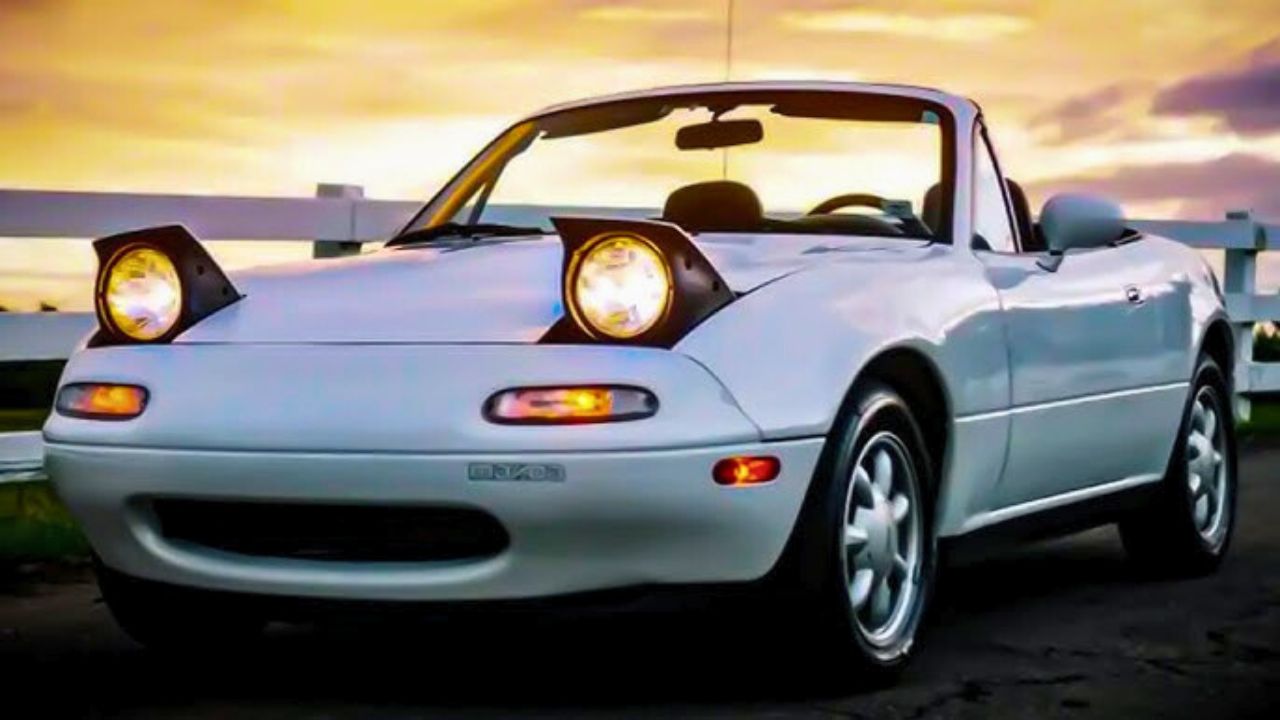
The original MX-5 Miata showed up in 1989 with a 1.6L DOHC four-cylinder making 116 hp and paired with a five-speed manual. Lightweight and perfectly balanced, it offered rear-wheel drive fun without overthinking it. Curb weight came in under 2,200 lbs.
What made the Miata great wasn’t raw power—it was how alive it felt at any speed. Over 400,000 NA Miatas were sold globally, and the platform has become a favorite for track use, daily driving, and weekend cruising alike. It proved you didn’t need big numbers to have a great time.
2006 Honda S2000 – High Rev Hero
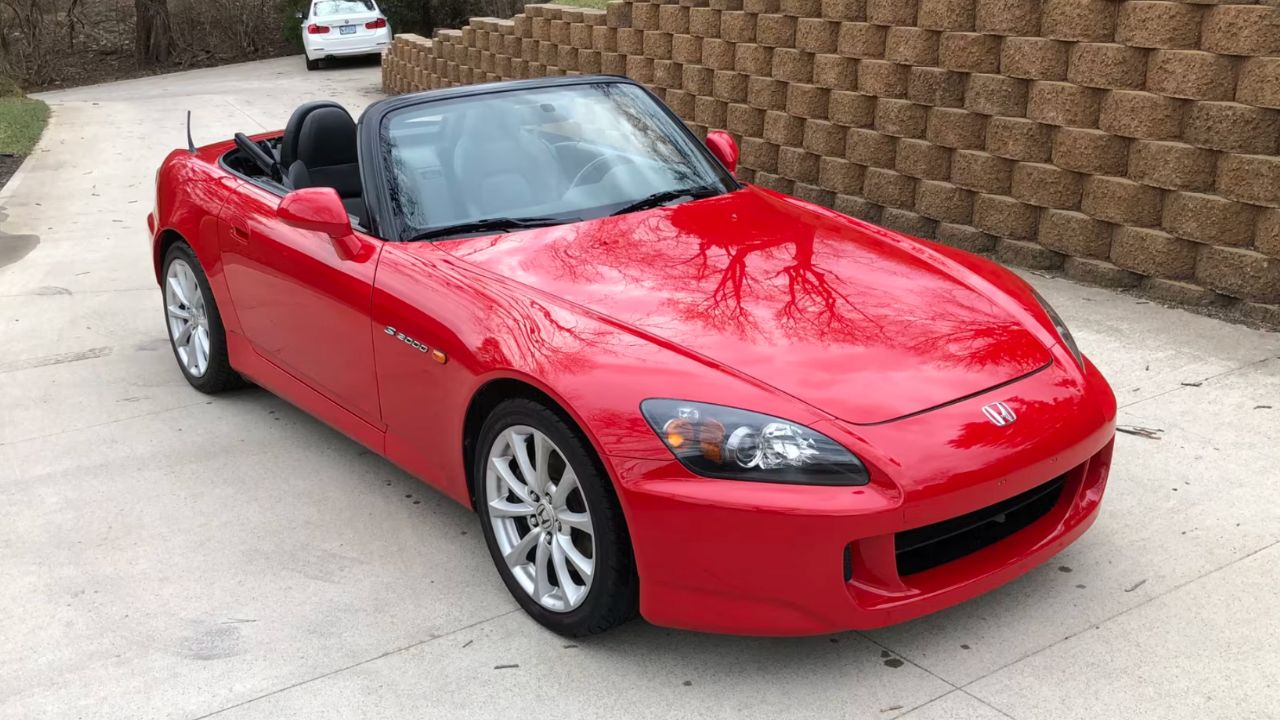
The Honda S2000 packed one of the most exciting four-cylinders ever built: a 2.2L VTEC engine making 237 hp, with a redline just north of 8,000 rpm. The earlier 2.0L AP1 version went even higher—to a screaming 9,000 rpm. It came with a tight six-speed and rear-wheel drive.
Production ran from 1999 to 2009, and over 66,000 were sold in the U.S. alone. The car had double wishbone suspension front and rear, perfect 50/50 balance, and a minimalist interior. Few sports cars ever felt so mechanical and direct—especially with just four cylinders under the hood.
1985 Peugeot 205 GTI – Euro Hot Hatch Legend
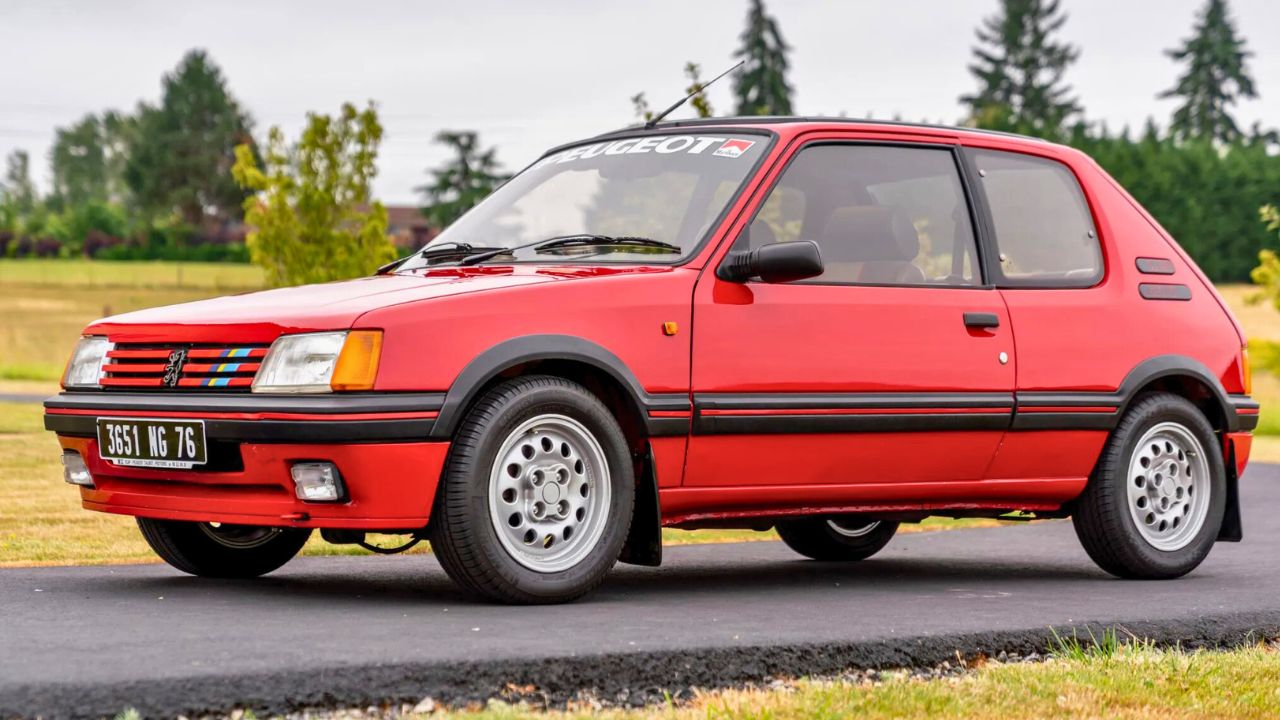
The 205 GTI brought real punch to the hot hatch scene with its lightweight chassis and rev-happy inline-four. The 1.6L model made around 105 hp, while the later 1.9L version bumped output to 130 hp. With curb weights under 2,100 lbs, that was more than enough.
Peugeot sold nearly 300,000 GTIs between 1984 and 1994. It was nimble, responsive, and raw—traits modern hot hatches often soften. The cabin was simple, the seating upright, and the driving experience all business. It’s still the high watermark for many Euro hatchback fans.
1987 Porsche 944 Turbo – Balance and Boost
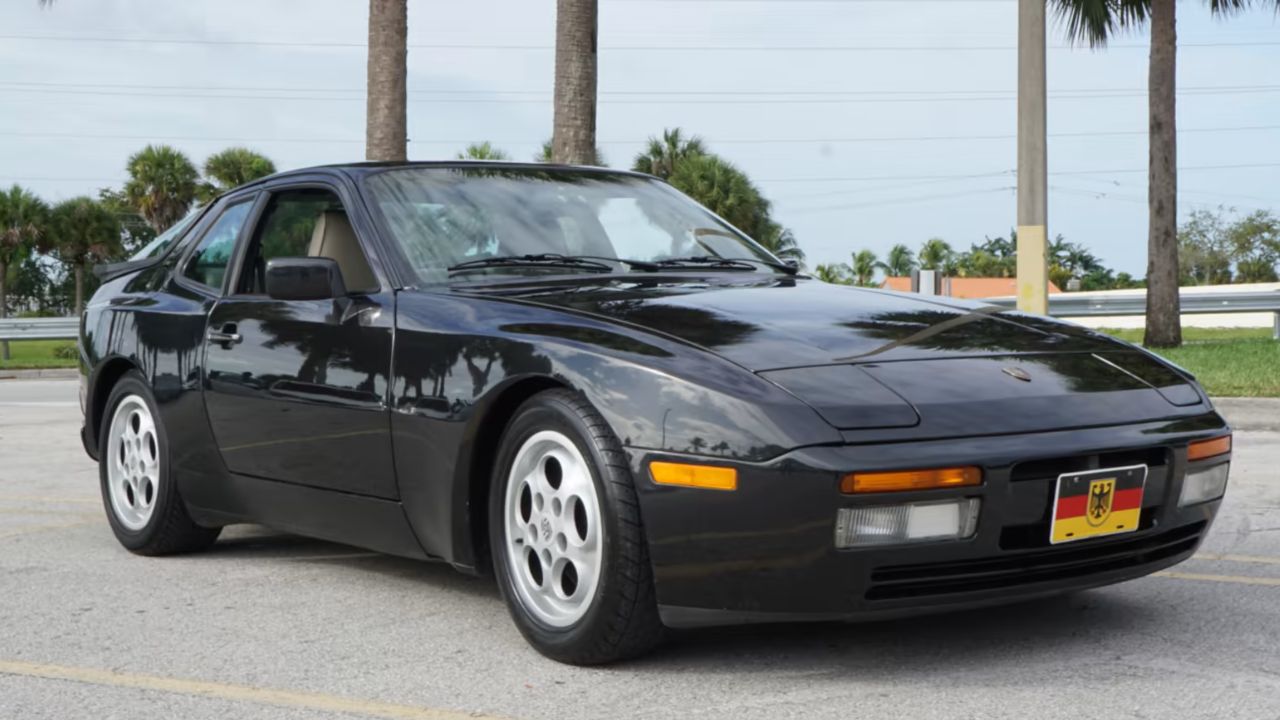
The 944 Turbo took Porsche’s front-engine platform and gave it real teeth. The turbocharged 2.5L four-cylinder made 217 hp (later bumped to 250 in the Turbo S), and it could hit 60 mph in under 6 seconds—impressive for its time.
Porsche built around 25,000 Turbo variants, and each one came with upgraded brakes, suspension, and a beefier gearbox. The car’s near-perfect 50/50 weight distribution made it a dream in corners. With classic Porsche build quality and understated looks, it’s one of the best four-cylinder setups the brand ever built.
1991 Toyota MR2 Turbo – Mid-Engine Thrill
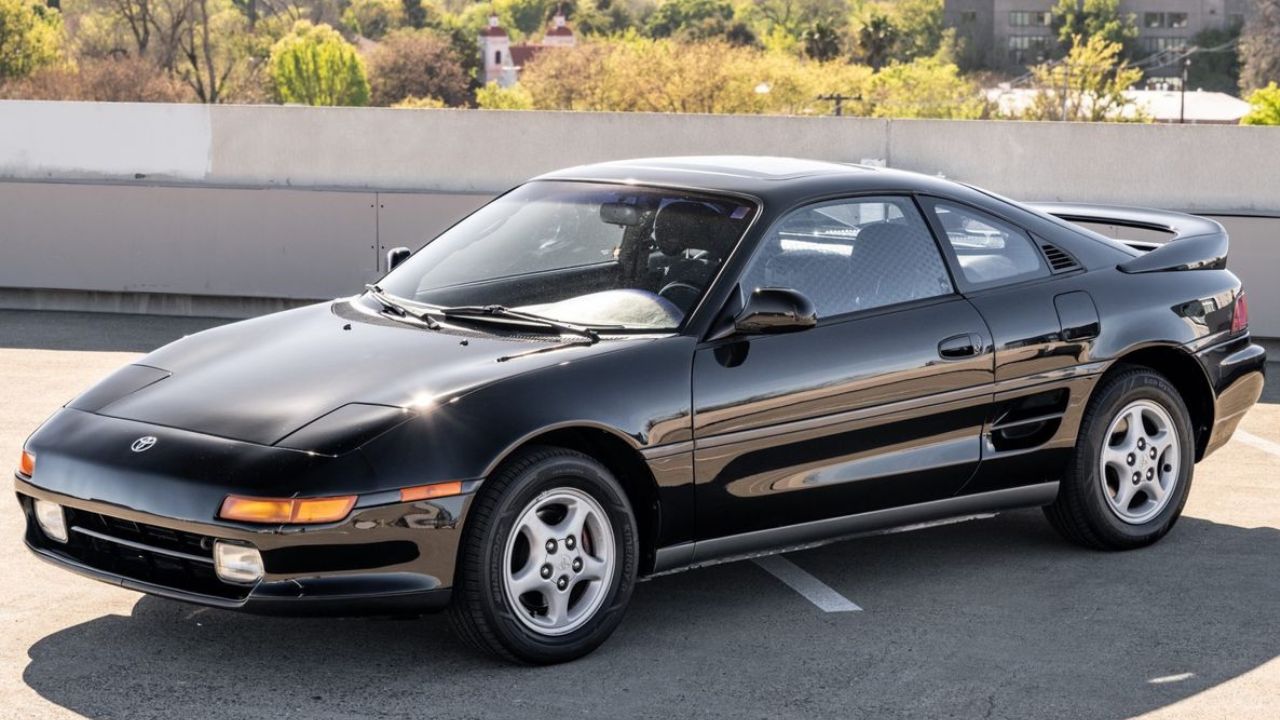
Toyota’s second-gen MR2 Turbo combined a mid-engine layout with a turbocharged 2.0L inline-four producing 200 hp. The 3S-GTE engine was already a legend in rally circles, and in the MR2, it pushed just over 2,800 lbs.
The result was a car that could out-handle and out-accelerate many more expensive sports cars. U.S. production for the turbo model ended in 1995, with roughly 15,000 imported. The cockpit was driver-focused, with deep bucket seats and a low seating position. It’s still one of the most affordable ways to get mid-engine performance.
2016 Ford Focus RS – AWD with Attitude
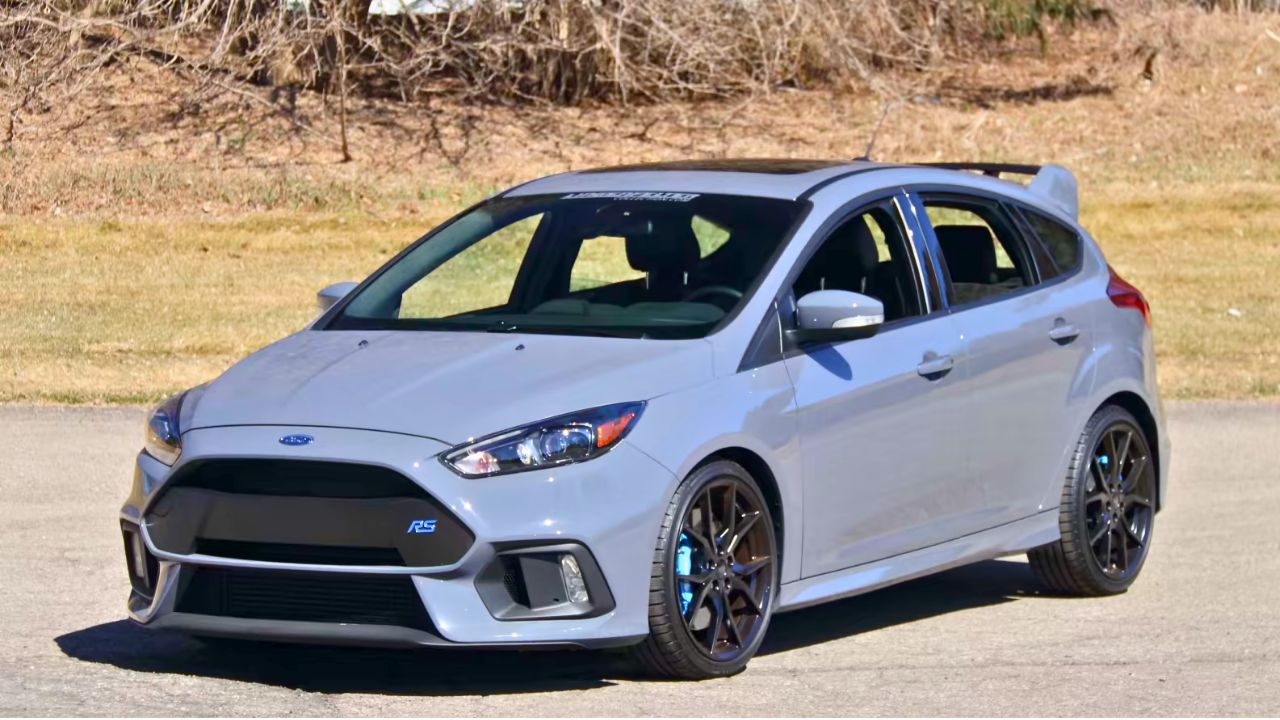
The Ford Focus RS came back swinging in 2016 with a 2.3L turbocharged EcoBoost four-cylinder making 350 hp and 350 lb-ft of torque. It came exclusively with all-wheel drive and a six-speed manual, and it introduced drift mode to the hot hatch world.
Ford sold about 3,500 units in the U.S. for each model year between 2016 and 2018. The car had Recaro seats, track-ready cooling, and aggressive styling to match its pace. It was fast, usable year-round, and still one of the most capable all-around performance hatches to wear a blue oval.
1999 Mitsubishi Lancer Evolution VI – Rally Royalty
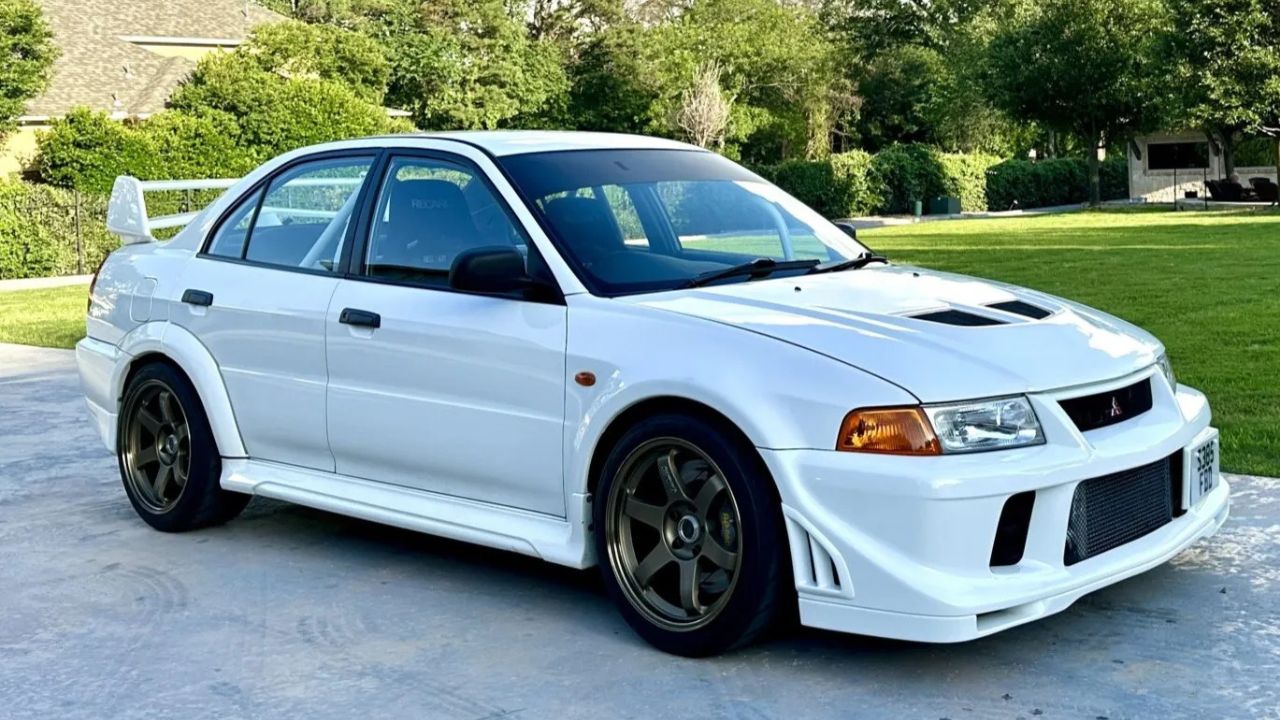
The Evo VI kept the rally-winning formula alive with a 2.0L turbocharged inline-four producing 276 hp (officially—real output was likely higher). Paired with AWD and a five-speed manual, the car could run with the best of its era.
Limited in production and never officially sold in the U.S., the Evo VI had lightweight body panels, Recaro interiors, and an upgraded cooling system. The TME (Tommi Mäkinen Edition) version was a nod to Mitsubishi’s rally dominance. It was raw, sharp, and made no excuses about its mission.
1984 Volkswagen GTI Mk1 – The Original Hot Hatch
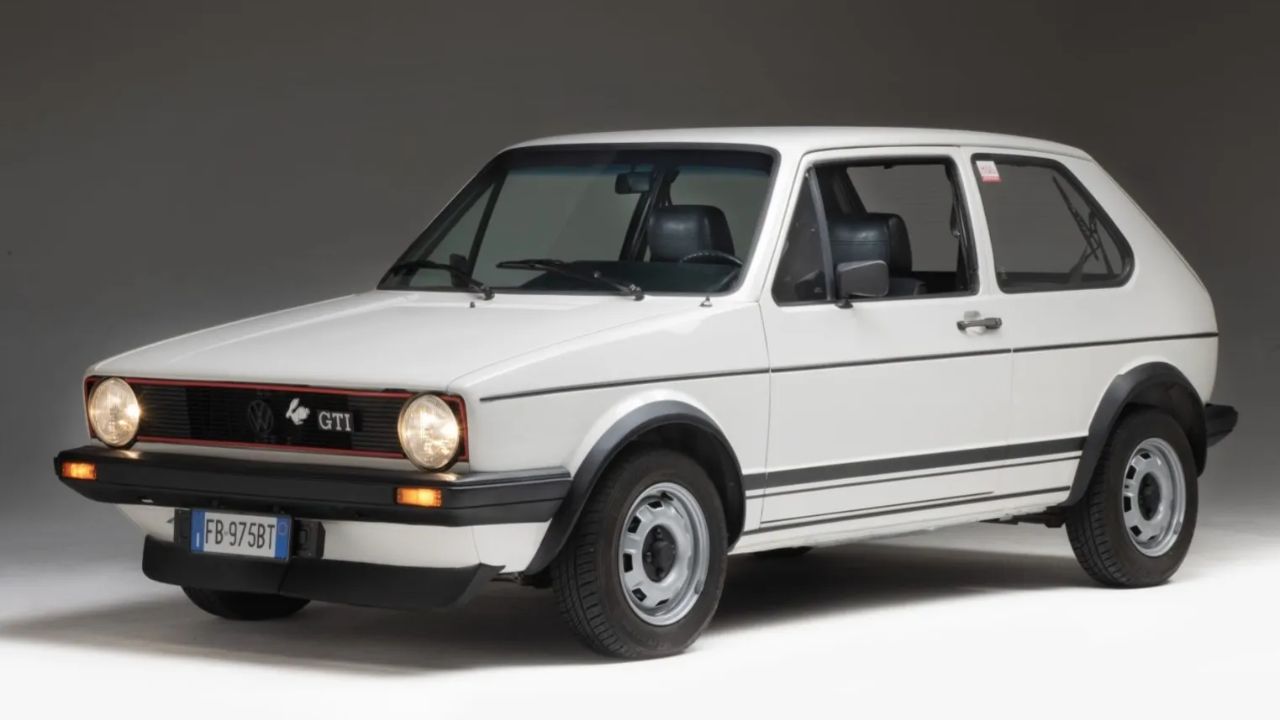
The original GTI may have only made 90 hp from its 1.8L four-cylinder, but it came in a 1,800 lb package with sharp steering, a close-ratio gearbox, and incredible momentum-driving ability. It brought affordable fun to the masses.
U.S. sales began in 1983, and the “Rabbit GTI” badge became a favorite among young drivers. Red trim, plaid seats, and a golf-ball shifter became signature touches. It wasn’t fast on paper, but it taught a generation of drivers that fun isn’t measured in quarter-mile times.
2017 Alfa Romeo 4C – Carbon Tub, Pure Feel
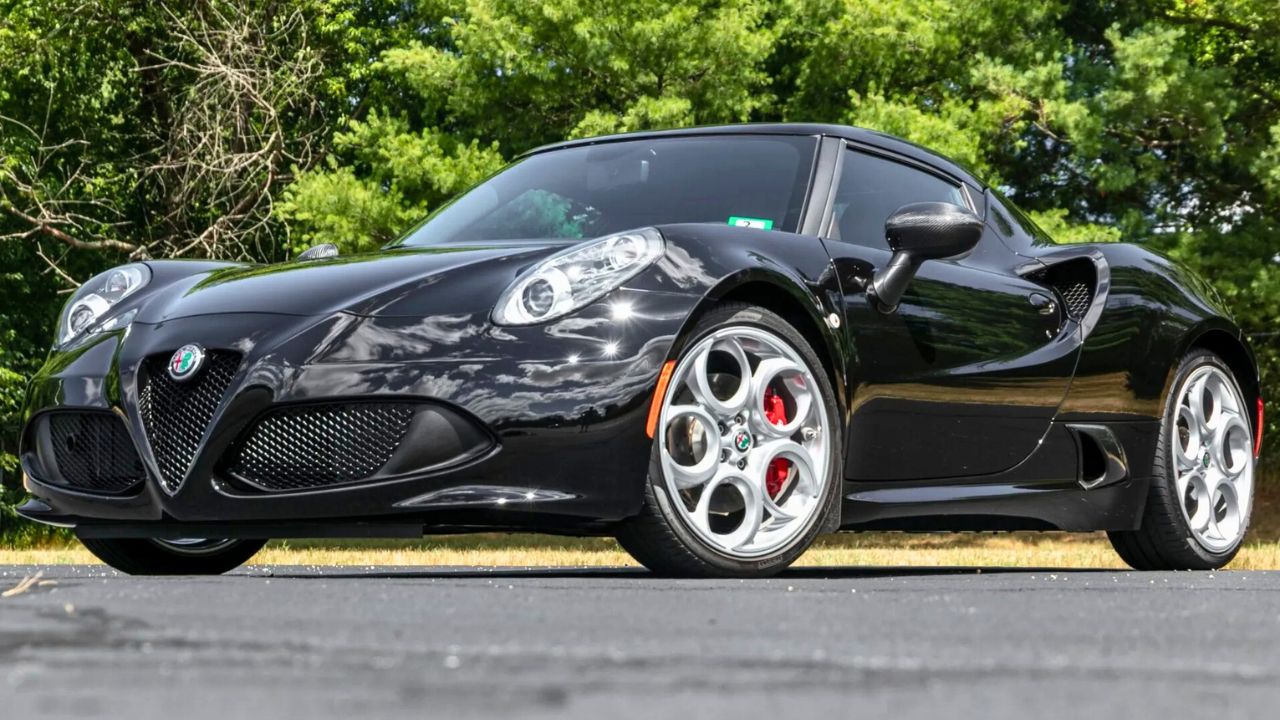
The Alfa 4C was a throwback to when cars were small, loud, and twitchy. Powered by a 1.75L turbocharged four-cylinder making 237 hp, it weighed under 2,500 lbs thanks to a carbon fiber tub and minimal interior trim.
U.S. sales were limited, with just over 1,700 coupes sold in 2017. There was no power steering, so every input felt direct and analog. The 4C was flawed, yes—but it delivered raw feedback and Italian character like few modern cars could. It was lightweight performance in its purest, quirkiest form.
1992 Acura Integra GS-R – VTEC Before It Was Cool
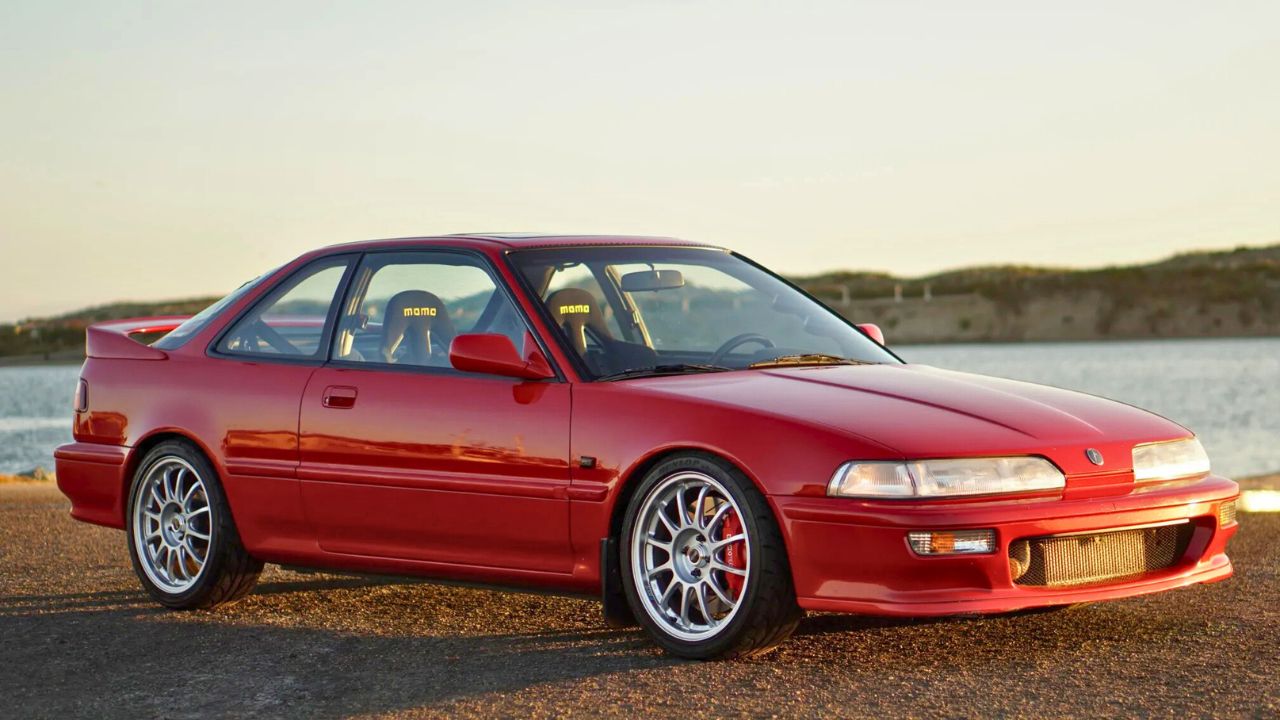
The second-gen Integra GS-R came with a 1.7L DOHC VTEC four-cylinder making 160 hp—an impressive number for a naturally aspirated engine of its size. The VTEC switchover was addictive, and the car’s high-revving nature made it a blast on backroads.
It had a close-ratio 5-speed manual and double wishbone suspension at all four corners. Inside, it was simple but tight, with supportive seats and a redline north of 8,000 rpm. Today, clean GS-Rs are hard to find—and for good reason. It was one of Honda’s best performance efforts before the Type R came stateside.
Like what you read? Here’s more by us:
*Created with AI assistance and editor review.

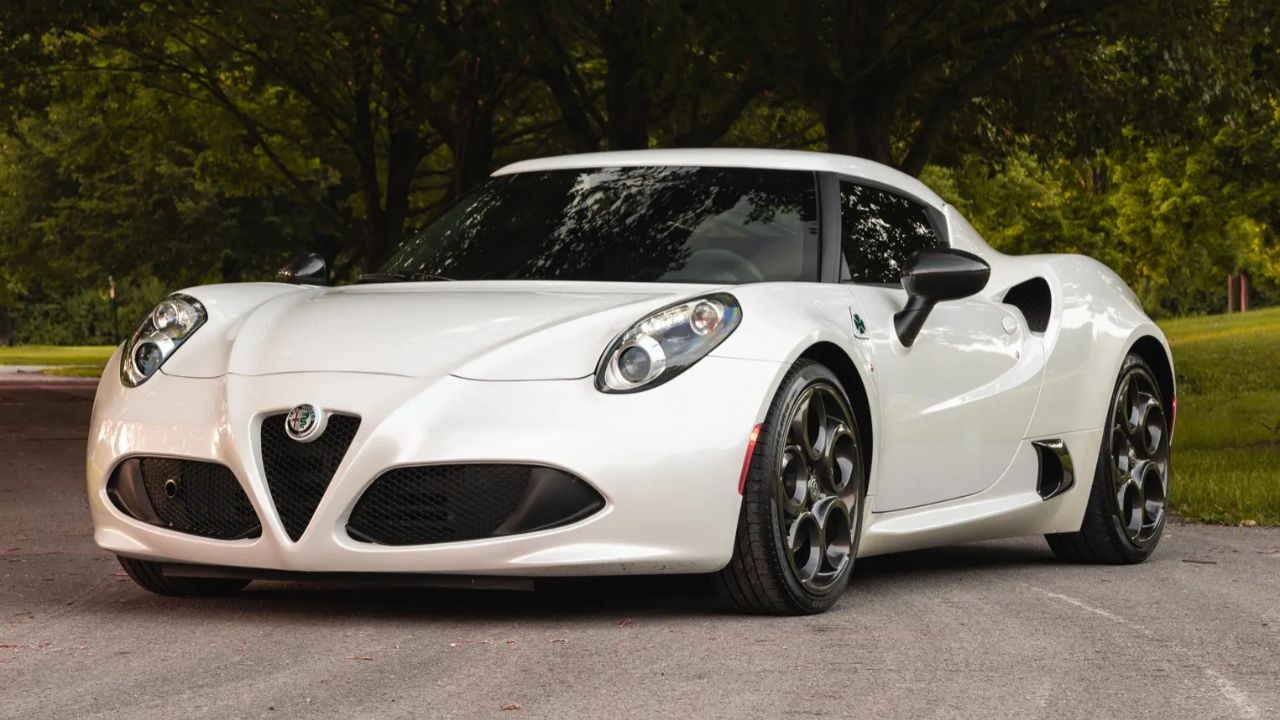
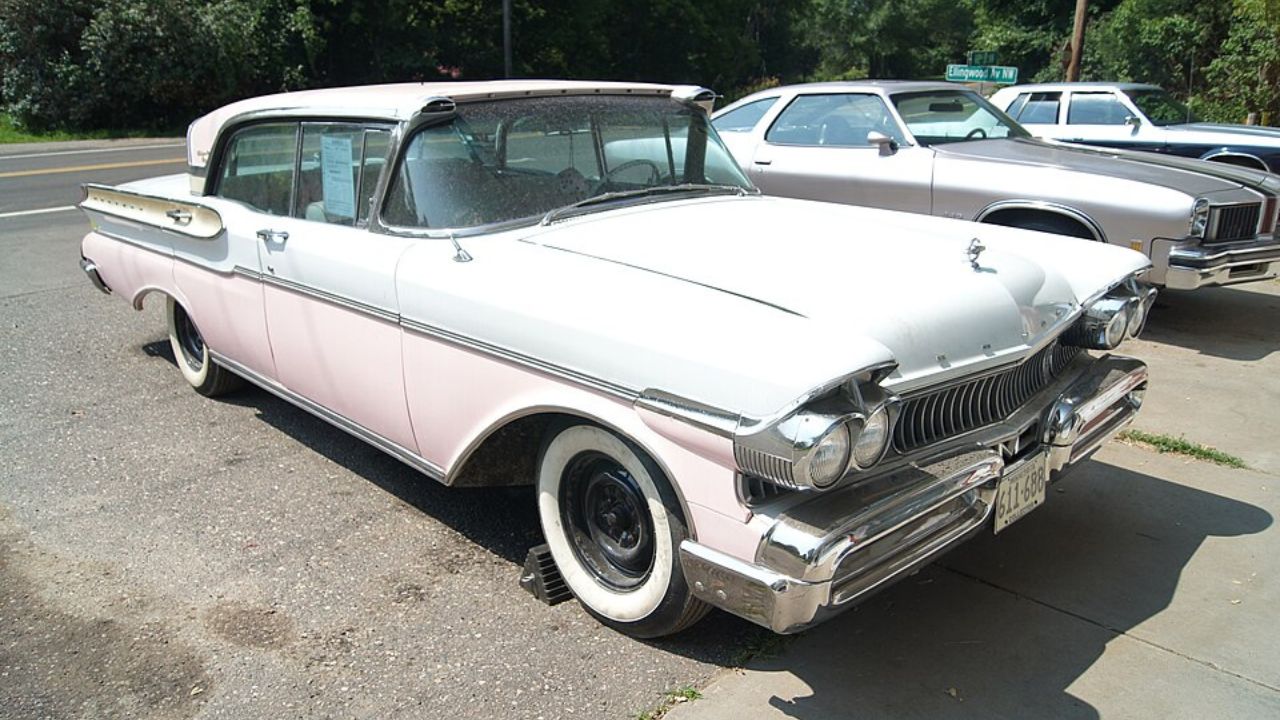
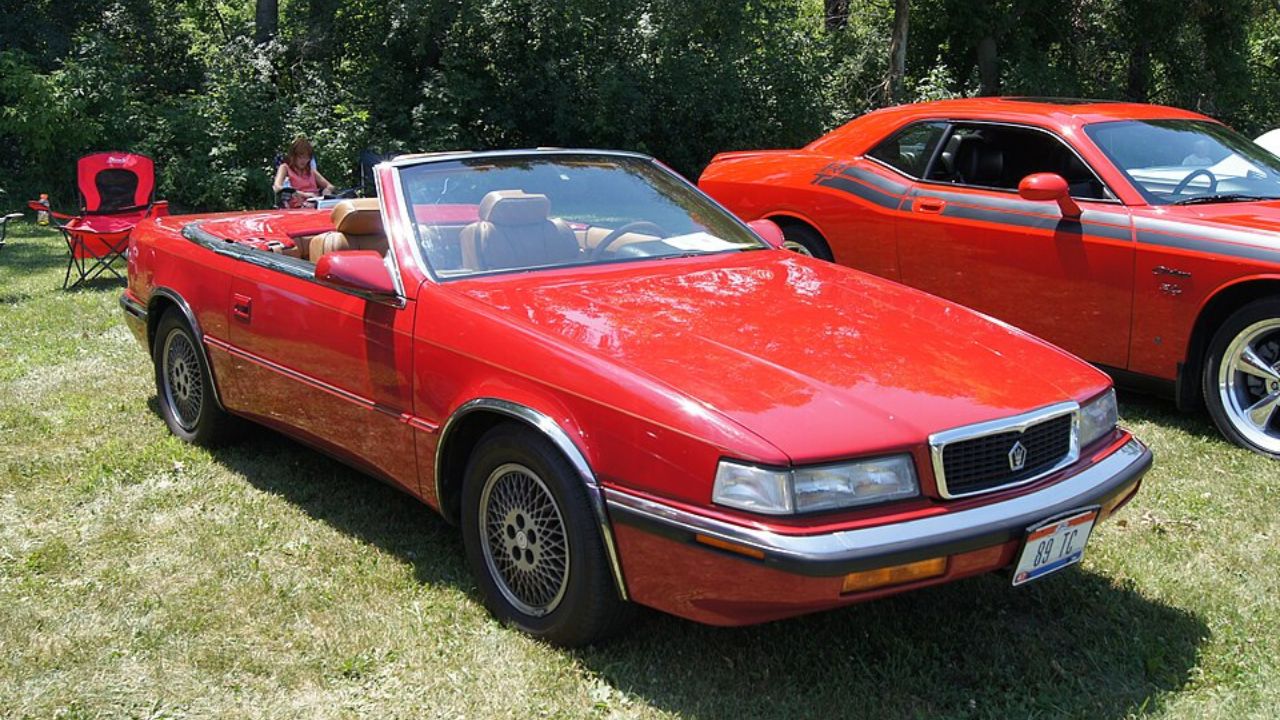
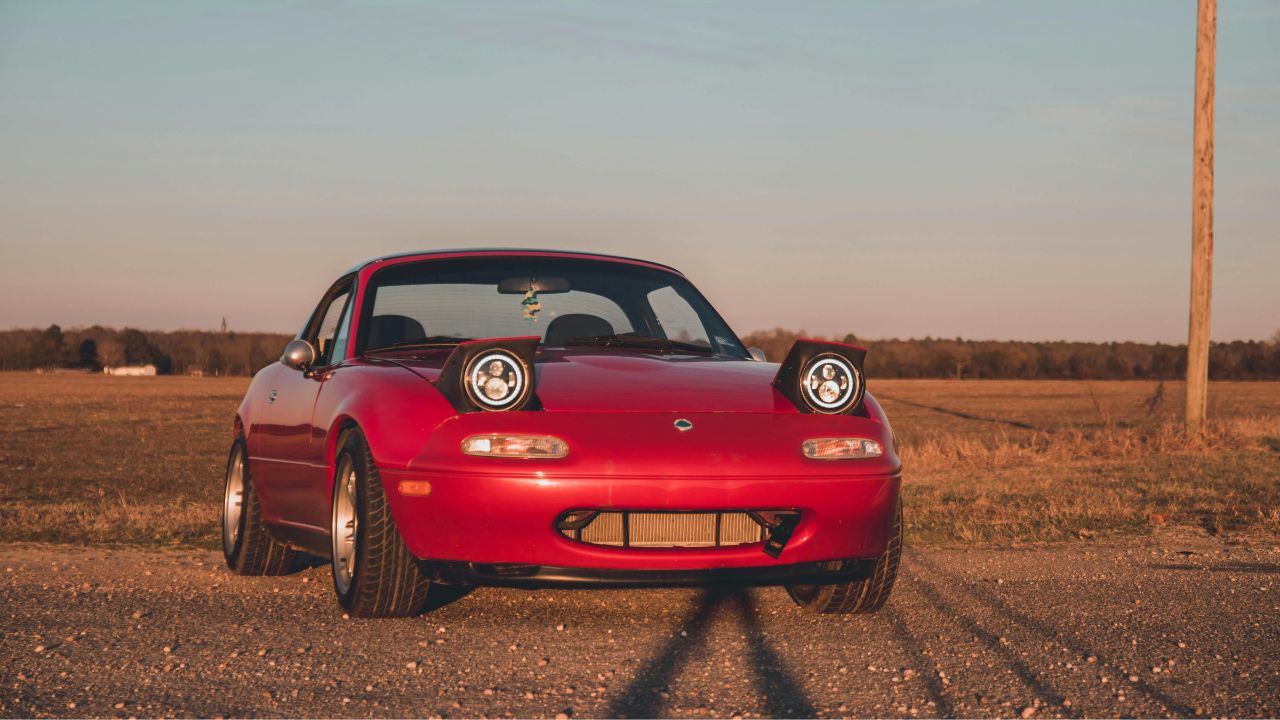
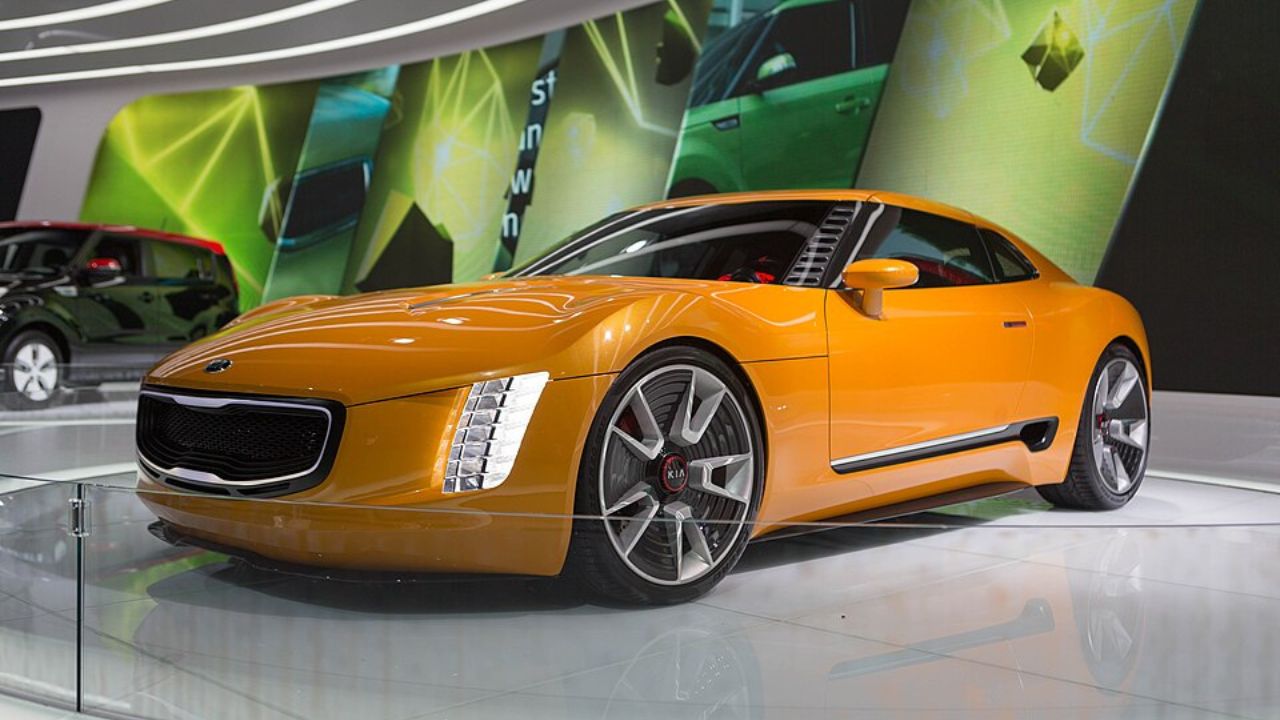
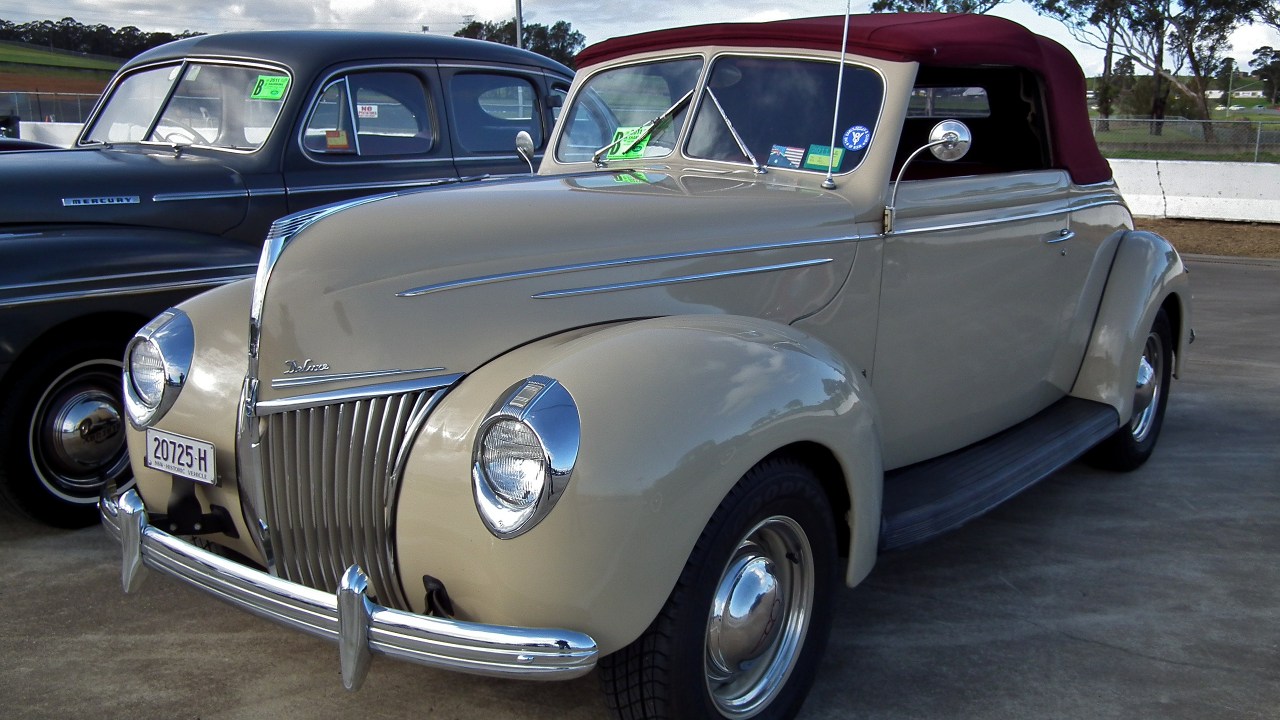
Leave a Reply